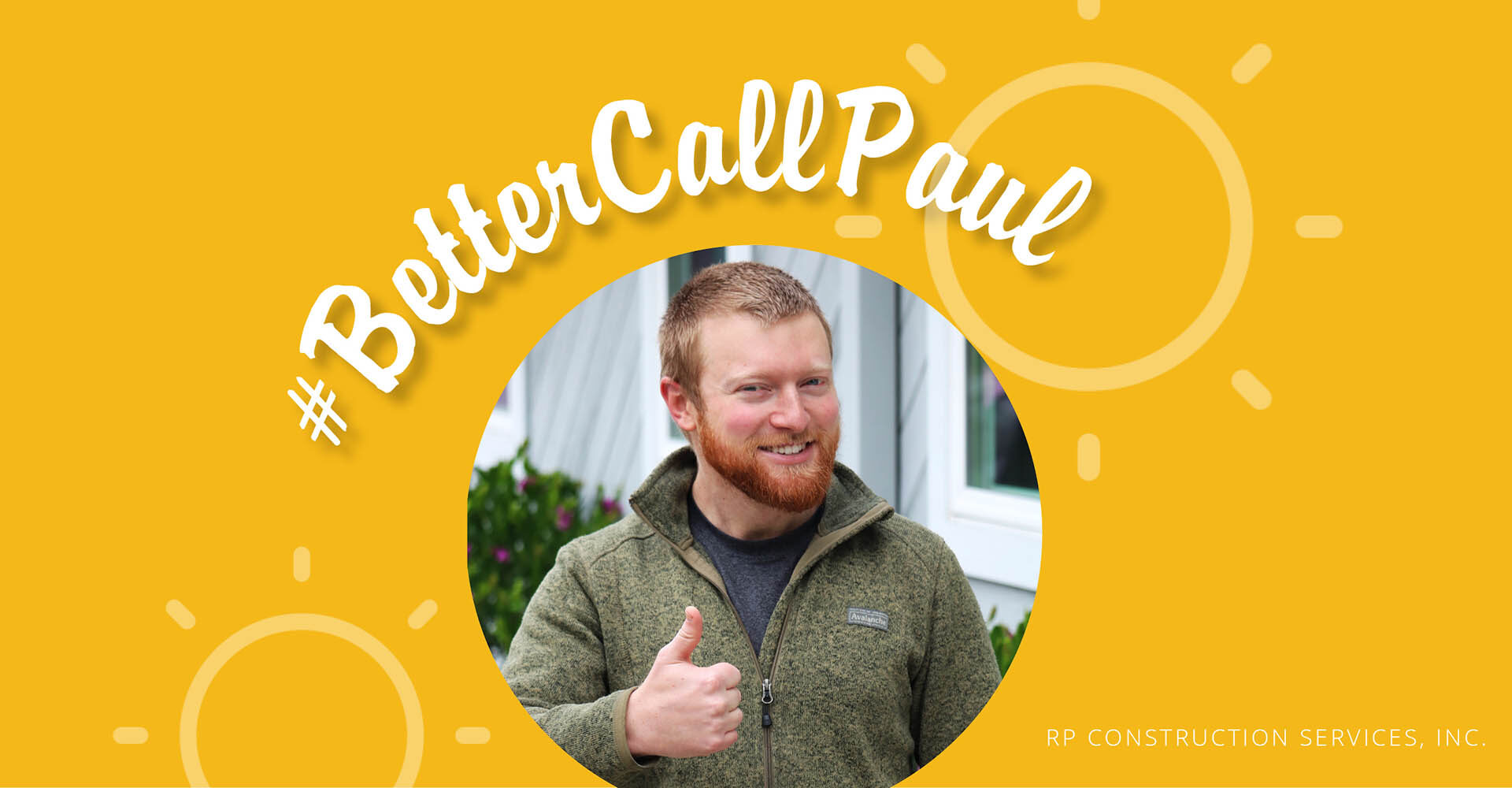What can customers expect when working with RPCS?
The RPCS sales engineering team has a direct line to the high-level engineers at Array Technologies who founded and built the best single-axis tracker in the world. We have been trained by the best and know who to call whenever an issue arises that has not yet been addressed. Sales engineers also have a plethora of previous project data that we can access to help review the best solutions to problems from every angle. We can explain the function of each element of the tracker to our customers, so they feel confident in what they are buying and the structural integrity of the Array product. We are also constantly working with Array to have the most up-to-date parts and concepts applied to our projects so that the customer will obtain the highest tracker quality possible.
RPCS sales engineers use systems and programs built by Array to engineer stamp-ready design packages for every contracted project. First, we will work with the customer to determine the best tracker options given the location of their project, their preferred module, and string size. We then walk the customer through any details of their project that might affect engineering and work with them to determine the best course of action at each stage. After the details have been finalized, we create our design package which details the construction elements of the project. These design packages are then reviewed by licensed engineers across the country, collaborating with them and Array on behalf of the customer to iron out any further details. RPCS takes pride in its ability to engineer projects quickly and accurately to provide the customer the best bang for their buck.
RPCS sales engineers are trained in topography analysis and can use topo data from surveyors and programs like ESRI to help customers see where potential problem areas are on site. We provide planar studies and pile point plans along with our design packages to help build a more complete concept of what a project will look once it is built. We also have team members to help explain results from geotechnical studies and how they might affect a project’s structural I-beam sizes and weights. Considering these geotechnical factors earlier in a project’s life reduces the chance for bad news later down the road and gives us (and the customer) a chance to address these issues ahead of time. This information is also pivotal for grading considerations and understanding structural implications that affect cost and ease of installation.
Working closely with our construction crew, sales engineers create projects that are both dependable and optimized for installation. We keep any and all install concerns in mind throughout the engineering process and customize each tracker to fit the engineering needs while simplifying the process for the construction crew to reduce installation concerns and cost. Our growing stocking/distribution yards and streamlined workflow also allow us to pre-assemble sections of the trackers (known as pre-kitting) before they are shipped to the site. The attention to detail and proactive thinking that we provide along the project’s life cycle ensures that we can give our customers the market’s leading tracker with a fast, repeatable, and accurate installation process.
Meet Paul Towber
RPCS Manager of Project Design
Welcome to RPCS’s #BetterCallPaul segment! Every month, I’ll be answering your frequently asked engineering-related questions while offering unique insights into RPCS’s project design challenges, solutions, and expertise.
Have a question? Send it in to info@rpcs.com and we just might feature it in future segments!
Have an engineering question? Ask Paul!
Submit your queries to info@rpcs.com for a chance to
have your question answered in future segments.

